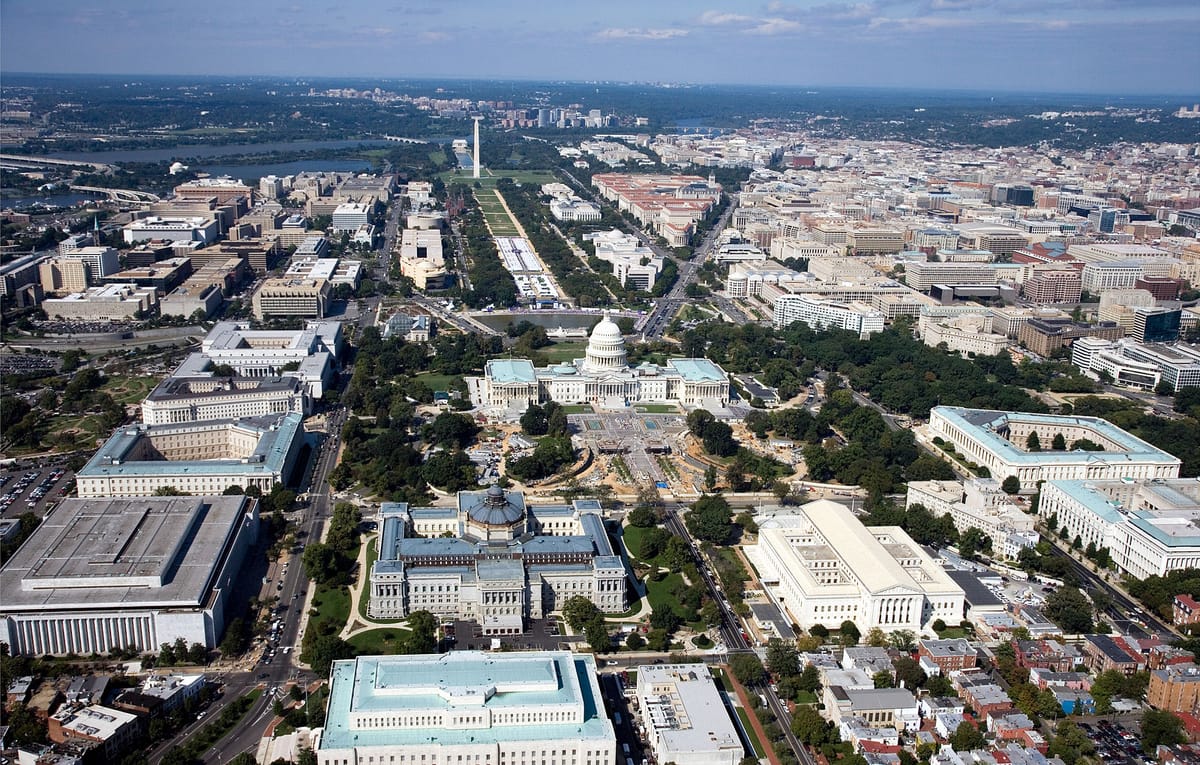NTIA Webinar Focuses on Smart Region Initiatives Gaining Traction in Washington, and Nation-wide
WASHINGTON, June 19, 2019 – Smart cities and smart regions need better broadband, but also “soft infrastructure,” or the policies and practices that make these initiatives successful, according to a Wednesday panel hosted by the National Telecommunications and Information Administration’s BroadbandU
Em McPhie

WASHINGTON, June 19, 2019 – Smart cities and smart regions need better broadband, but also “soft infrastructure,” or the policies and practices that make these initiatives successful, according to a Wednesday panel hosted by the National Telecommunications and Information Administration’s BroadbandUSA program.
The session by the Commerce Department’s NTIA, “Building Smart Cities and Communities at the Regional Level,” discussed the challenges and progress of ongoing smart region initiatives.
Maci Morin, program coordinator for the National Association of Regional Councils, introduced the Global City Teams Challenge Smart Regions Collaborative. One of the group’s goals is to create a blueprint that empowers local, regional, and tribal leaders to build their own smart region strategies.
The GCTC was launched by the National Institute of Standards and Technology to “establish and demonstrate replicable, scalable, and sustainable models for incubation and deployment of interoperable, standard-based solutions using advanced technologies.”
The Smart Regions Collaborative will also present opportunities for peer-to-peer networking among these leaders and provide participants with access to information and technological assistance as well as connections to relevant industry professionals.
One of the initiatives discussed was the Greater Washington Board of Trade’s Smart Region Movement. The movement was announced in June of 2018 and backed by a partnership of over 300 companies and organizations, 24 local governments, Maryland and Virginia state legislatures, the U.S. Congress, and 17 colleges and universities.
The Smart Region Movement is also partnered with the Regional Transit Authority and various other regional organizations, nonprofits, startups, and financial institutions.
Program Lead Karl Darin cautioned that there are significant challenges to be overcome before Washington can become the nation’s leading digitally enabled region. The region is extremely fragmented between 24 diverse city and county jurisdictions, with “some of the most affluent and some of the most socioeconomically challenged communities adjacent to each other.”
In order to create a smart city solution that can be applied to the entire region, Darin emphasized what he called “soft infrastructure”—the legislative policies and regulations that need to be in place to make the program successful.
Although the smart region movement considers the community, the private sector, and the public sector to all be key stakeholders, Darin said that the community unequivocally comes first.
Rather than leaving industry alone to dictate the terms of this infrastructure, the program is looking for a “comprehensive societal answer,” said Darin, while also acknowledging the importance of having industry “come to the table.”
(Aerial photo of Washington, D.C.)










Member discussion